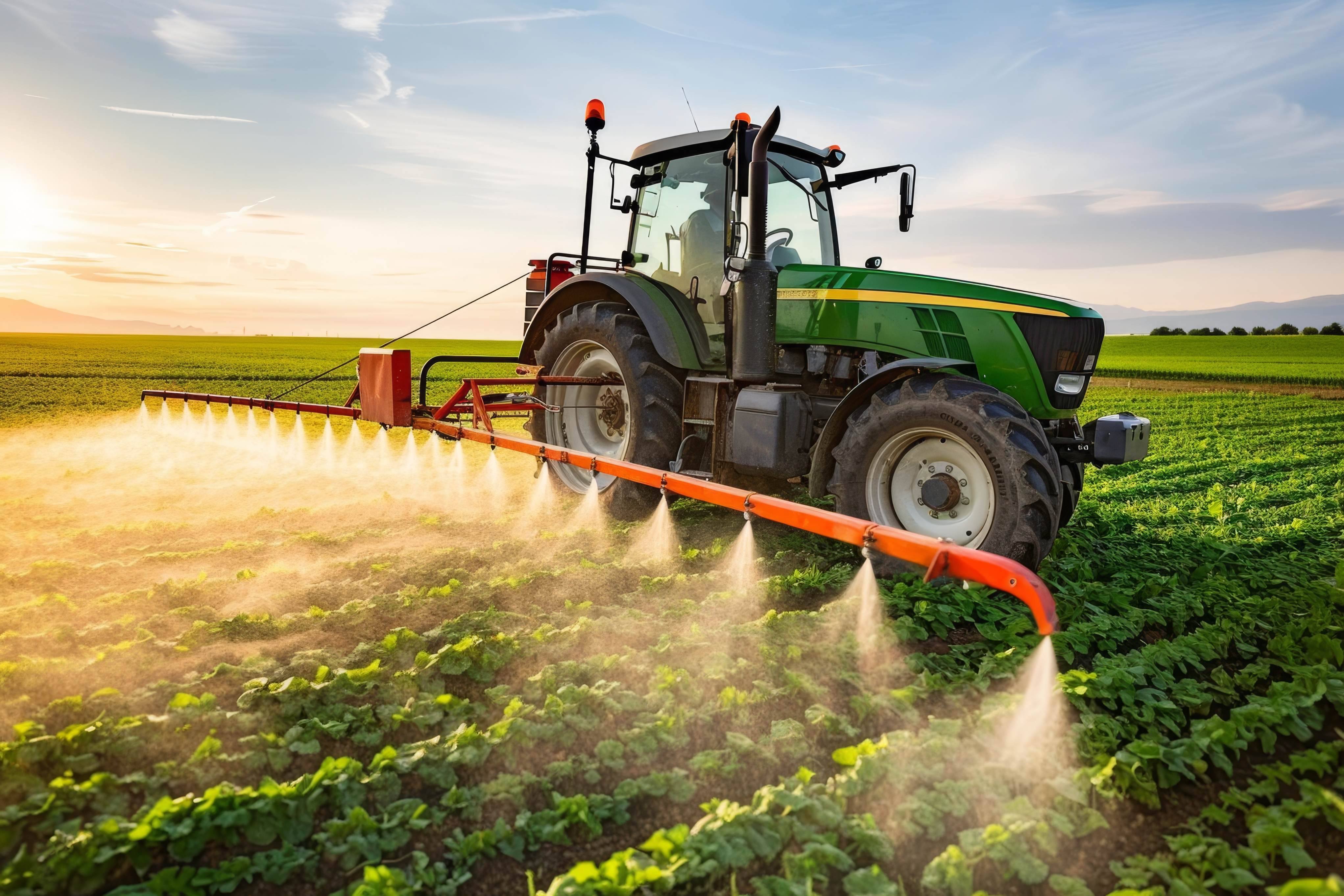 Oct 1st, 2025
Oct 1st, 2025
 4 mins
4 mins

Defra have recently published the Q4 2024 report on the pesticide residues monitoring programme.
HSE undertakes screening and detailed risk assessments, as required, for the pesticide residues found. This is to determine whether the residues present could lead to someone eating an amount above a level that is considered safe. HSE also produces detailed risk assessments for every case where the actual residue level found could lead to an intake above the safety levels.
During the 2024 surveillance programme, up to 417 different pesticides in each of the foods surveyed, were measured. The Quarter 4 programme for Great Britain (GB) surveyed 543 samples of 23 different foods and the Quarter 4 programme for Northern Ireland (NI) surveyed 228 samples of 23 different foods. All samples were collected between the beginning of October and the end of December 2024.
Of the 543 Q4 GB samples, residues were found in 250 of them and of these, 8 samples contained residues over the Maximum Residue Level (MRL). Of the 228 Q4 NI samples, residues were found in 109, and of these, 10 samples contained residues over the MRL.
In all but 2 of cases, it was concluded that effects on health were either unlikely or not expected. In 2 sample combinations of acetamiprid in grapes and chlorpyrifos and potatoes, it was concluded that the consumer exposure levels observed were undesirable, but it was not possible to conclude if they may cause any adverse health effects. All other residues found did not cause any concern for health.
Chlorpyrifos although not authorised in the UK can on occasions be found in some imported food. But at the levels present, a risk of an adverse effect on health due to genotoxicity would be low. Additionally, none of the individual commodity long-term exposure screening assessments indicated any potential for adverse long-term health effects.
You can read the report in full here






















